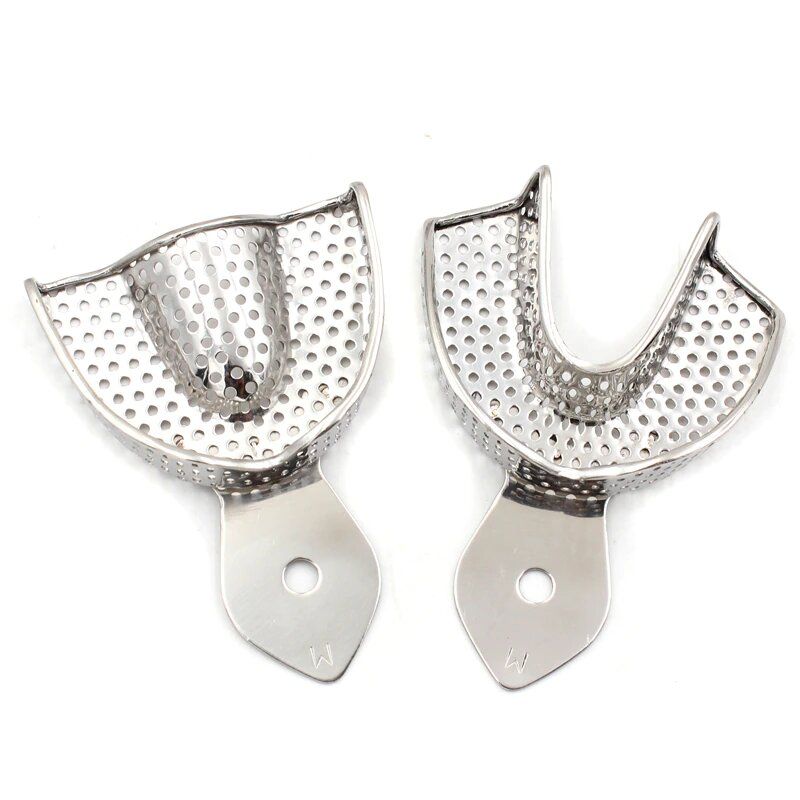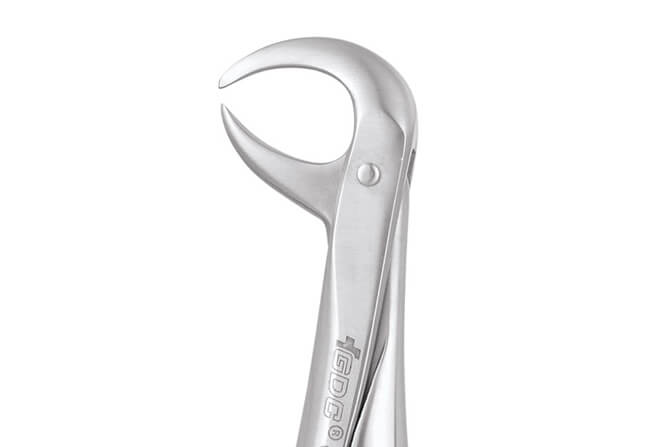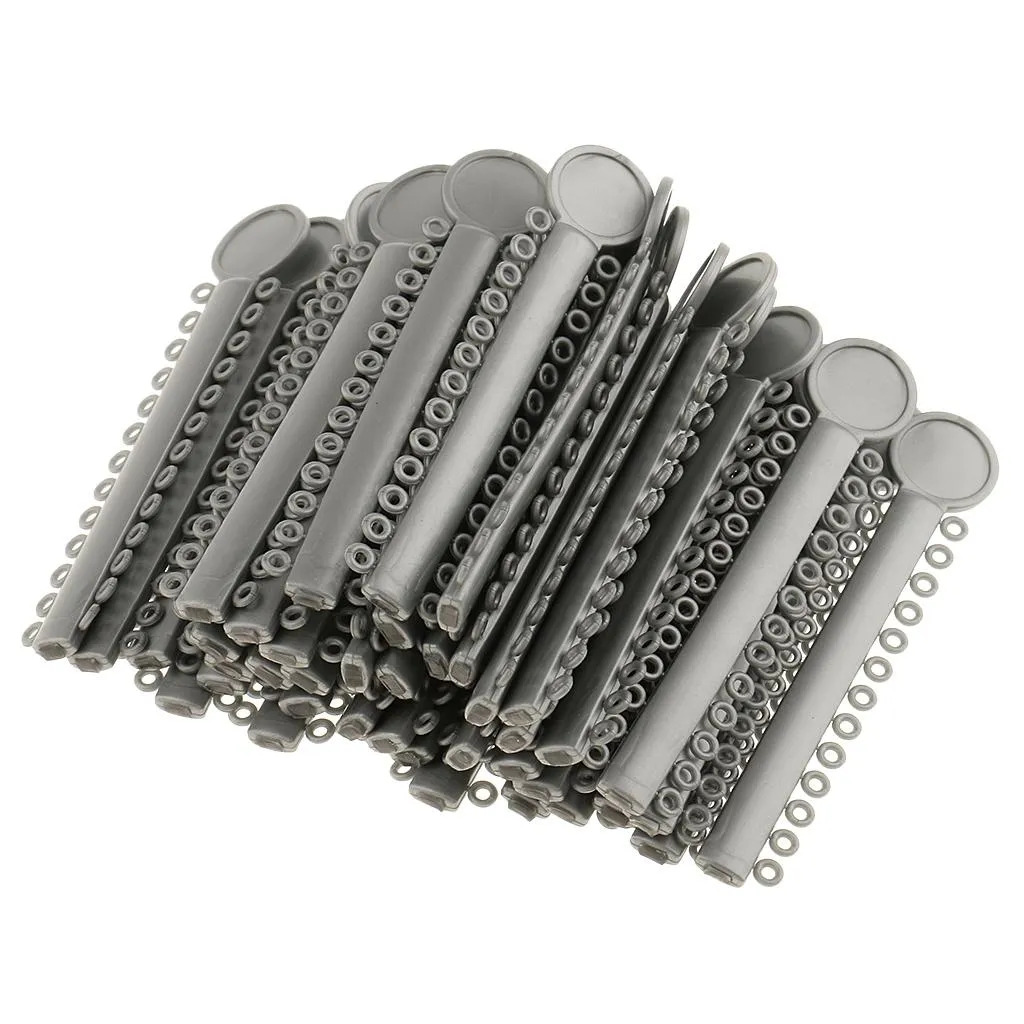-
Categories
-
 General Dentistry
General Dentistry
-
 Restorative
Restorative
-
 Endodontics
Endodontics
-
 Prosthodontics
Prosthodontics
-
Impression Material
-
Diamond Finishing Bur
-
Denture Trimming Burs
-
Denture Base Material
-
Bite Registration
-
Temporary Crown Materials
-
Shade Guides
-
Ceramics
-
Denture Relining Materials
-
Impression Trays
-
Waxes
-
Crown Preparation Kits
-
Teeth Sets
-
Gingival Retraction Material
-
Finishing & Polishing Materials
-
Crown Removers
-
Facebow
-
Laminate & Veneer Preparation Kit
-
Wax Carver
-
Cord Packer
-
Articulator
-
T Burnisher
-
Diamond Crown Cutting Bur
-
-
 Oral Surgery
Oral Surgery
-
 Periodontics
Periodontics
-
 Orthodontics
Orthodontics
-
Adams Plier
-
Band Pusher
-
Bracket Positioning
-
Bracket Tweezer
-
Ortho Guage
-
Crimpable Hook Plier
-
Debanding
-
Debonding
-
De-La-Rosa
-
Distal End Cutter
-
Elastic Ligature
-
Applicator
-
Hard Wire Cutter
-
Heavy Wire Cutter
-
How Style Plier
-
Ligature Wire Cutter
-
Ligature Tucker
-
Ligature Tying Plier
-
Light Wire
-
Bird Beak Plier
-
Lingual Plier
-
Loop Forming
-
Measuring Instruments
-
Mosquito Forceps
-
Ligating Needle Holder
-
Pin & Ligature Cutter
-
Separator Placing Plier
-
Universal Plier
-
Weingart Plier
-
Wire Forming
-
Arch Forming Turret
-
Miscellaneous
-
Band Cutting Scissors
-
Wires & Springs
-
Ortho Burs & Discs
-
Elastomerics
-
Clear Aligner
-
Weldable Accessories
-
Bondable Accessories
-
Expansion Screws
-
Intra Oral & Extra Oral Appliances
-
Ortho Lab Products
-
Myobrace
-
Adhesives
-
Brackets
-
Bands
-
Buccal Tubes
-
Mini Screws
-
Banding
-
-
 Impantology
Impantology
-
 Pedodontics
Pedodontics
-
 Laboratory
Laboratory
-
 Students
Students
- View more
-
-
Categories
-
 General Dentistry
General Dentistry
-
 Restorative
Restorative
-
 Endodontics
Endodontics
-
 Prosthodontics
Prosthodontics
- Impression Material
- Diamond Finishing Bur
- Denture Trimming Burs
- Denture Base Material
- Bite Registration
- Temporary Crown Materials
- Shade Guides
- Ceramics
- Denture Relining Materials
- Impression Trays
- Waxes
- Crown Preparation Kits
- Teeth Sets
- Gingival Retraction Material
- Finishing & Polishing Materials
- Crown Removers
- Facebow
- Laminate & Veneer Preparation Kit
- Wax Carver
- Cord Packer
- Articulator
- T Burnisher
- Diamond Crown Cutting Bur
-
 Oral Surgery
Oral Surgery
-
 Periodontics
Periodontics
-
 Orthodontics
Orthodontics
- Adams Plier
- Band Pusher
- Bracket Positioning
- Bracket Tweezer
- Ortho Guage
- Crimpable Hook Plier
- Debanding
- Debonding
- De-La-Rosa
- Distal End Cutter
- Elastic Ligature
- Applicator
- Hard Wire Cutter
- Heavy Wire Cutter
- How Style Plier
- Ligature Wire Cutter
- Ligature Tucker
- Ligature Tying Plier
- Light Wire
- Bird Beak Plier
- Lingual Plier
- Loop Forming
- Measuring Instruments
- Mosquito Forceps
- Ligating Needle Holder
- Pin & Ligature Cutter
- Separator Placing Plier
- Universal Plier
- Weingart Plier
- Wire Forming
- Arch Forming Turret
- Miscellaneous
- Band Cutting Scissors
- Wires & Springs
- Ortho Burs & Discs
- Elastomerics
- Clear Aligner
- Weldable Accessories
- Bondable Accessories
- Expansion Screws
- Intra Oral & Extra Oral Appliances
- Ortho Lab Products
- Myobrace
- Adhesives
- Brackets
- Bands
- Buccal Tubes
- Mini Screws
- Banding
-
 Impantology
Impantology
-
 Pedodontics
Pedodontics
-
 Laboratory
Laboratory
-
 Students
Students
-
- Home
-
All Brands
-
( 1 )
-
( 1 )
-
( 2 )
-
( 1 )
-
( 1 )
-
( 4 )
-
( 1 )
-
( 27 )
-
( 2 )
-
( 2 )
-
( 4 )
-
( 1 )
-
( 1 )
-
( 1 )
-
( 42 )
-
( 7 )
-
( 2 )
-
( 2 )
-
( 1 )
-
( 1 )
-
( 2 )
-
( 1 )
-
( 5 )
-
( 2 )
-
( 1 )
-
( 2 )
-
( 9 )
-
( 6 )
-
( 23 )
-
( 1 )
-
( 1 )
-
( 1 )
-
( 52 )
-
( 2 )
-
( 1 )
-
( 3 )
-
-
-
( 51 )
-
( 5 )
-
( 4 )
-
( 2 )
-
( 3 )
-
-
( 6 )
-
( 1 )
-
( 12 )
-
( 37 )
-
( 1 )
-
( 3 )
-
( 2 )
-
( 8 )
-
( 3 )
-
( 6 )
-
- Discounted products
- All Sellers
- Blogs
















